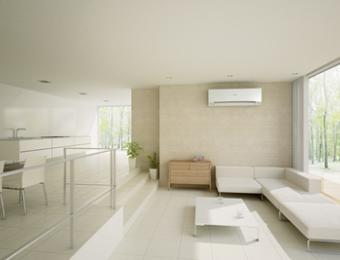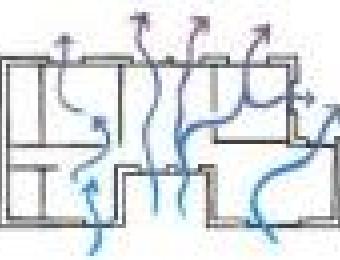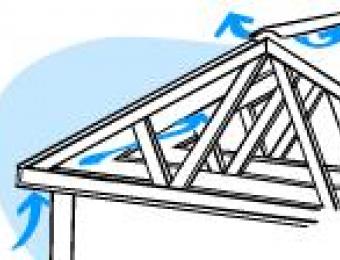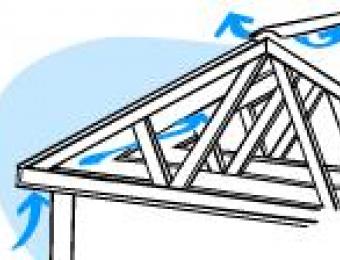What is a whirlybird?
Whirlybirds (which are also known as 'turbine vents') are a type of semi-mechanical vent that can be installed on the roof of a house to help remove heat from the ceiling cavity.
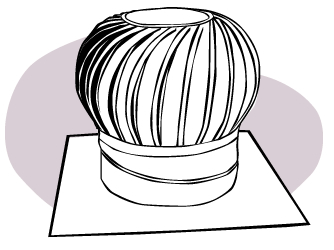
How do whirlybirds work?
Whirlybirds are cylindrical domes with fins that spin in the wind to create a vacuum, sucking up warm air in a roof cavity. They are cheap and easy to install, and for smaller houses or apartments they are a viable alternative to larger ventilation systems. Whirlybirds come in two varieties – active and passive. Passive vents require wind to spin the turbine, while active units are mechanically-driven and turn continuously, making a permanent vacuum effect regardless of wind speed.
How effective are whirlybirds?
While they're fairly limited in terms of how effective they are on their own, whirlybirds can play a role in a well-designed ventilation system.
For a turbine that has a diameter of 30cm and a wind speed of eight kilometres an hour, for example, you can move almost 10 cubic metres of air per minute from your ceiling cavity. For a whirlybird with a diameter of 35cm and a wind speed of 25km per hour, you could move 38 cubic metres per minute.
Often whirlybirds are teamed with other natural ventilation options, particularly soffit vents and ridge vents, or powered options for a direct impact on whole-house cooling.
|
Advantages
|
Disadvantages
|

